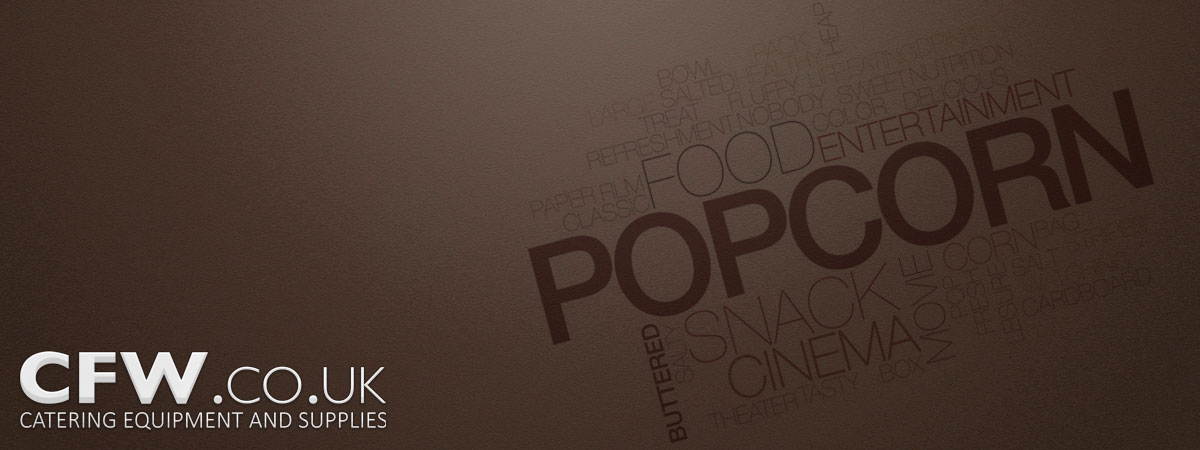
Chocolate is as sophisticated as wine in the way it is designed to ignite our senses and give us pleasure. But unlike wine, it is solid at room temperature, and only turns liquid in your mouth, where it collapses into a warm, succulent, bitter-sweet fluid full of complexity. The transition from solid to liquid is designed to release flavour and this is achieved through the manipulation of the cocoa butter crystals that bind the chocolate together.
There are six types of cocoa butter crystal, each with a different melting temperature, density and mechanical strength. Most chocolatiers strive to create type V crystals that give chocolate a hard, glossy surface with a pleasing snap when broken. These crystals also have a higher melting point than types I-IV, so they melt only in the mouth. Producing type V crystals however is not easy, nor is keeping them stable. They are highly sensitive to changes in temperature and humidity.
The white discolouration of chocolate is often evidence of failure to do so: it is called bloom, and is associated with fat or sugar migrating out of the crystal structure. You’ll see this if you leave a chocolate bar in a hot car, or hoard Easter eggs for a long time in a warm place. Be warned!
When you pop some chocolate in your mouth, the cocoa butter crystals melt. To do so they require heat, which they get from your tongue, and this results in a pronounced cooling effect. Try it – just put a piece of chocolate on your tongue and wait. It is the same cooling effect that is produced when you sweat – but in that case a liquid is evaporating to become a gas, taking the heat from your skin. The mismatch between the liquid warmth of melted chocolate and the almost minty cooling that accompanies it contributes to the unique taste of chocolate.
Once the cocoa butter crystals have melted, they release a volatile cocktail of fruity, nutty, almost meaty aromas from the cocoa solids within it. These give chocolate a complexity, which is then grounded by the sweet flavours of the accompanying sugars, and the sensation of warm burnt cream at the back of the throat. The whole experience is like a really glorious kiss, and indeed the association of chocolate with romance is well documented.
What happens next is that the psychoactive ingredients of the chocolate enter the blood stream. The most prominent of these is theobromine, a caffeine-like molecule, which behaves as a mild stimulant. Chocolate also contains cannabinoids, which are the molecules responsible for the high experienced from smoking dope. However, the doses are tiny, and are certainly not enough to cause the kinds of addiction to chocolate that many, including myself, experience. Nevertheless, the presence of stimulants may be one of reasons why chocolate is often included in soldiers’ rations, the use of which goes back 200 years.
Pure chocolate, even with sugar added, is too bitter for many people. It was the Swiss who were the first to do something about this by creating a milder, less astringent, version called milk chocolate. They did this by adding milk powder and that formulation is still the basis of the milk chocolate made in Europe. It not only gives the chocolate a malty taste, but there is a hint of chalkiness. In the US the milk has some of its fat removed by enzymes, giving their milk chocolate a slightly cheesy flavour. In the UK liquid milk and sugar are reduced to a concentrate and then added giving the chocolate a milder, caramel flavour.
Who can say which of these ways of making milk chocolate is best? Like many foods, there are regional variations and if you grow up with one you are likely to become accustomed to it, and may find other milk chocolate not to your taste. This is natural, but it does provide a challenge for the multinational companies who increasingly own chocolate companies and brands. For them, uniformity, especially across continents, is economically attractive, even though it may go against our customs and tastes.
The outrage generated by changing the Cadbury Creme Egg recipe shows how much we love the milk chocolate we have grown up with. Long may we hang on to the regional differences in our cuisines – they are important for defining who we are, and none is more important in my view than the most sensual of all materials, chocolate.
